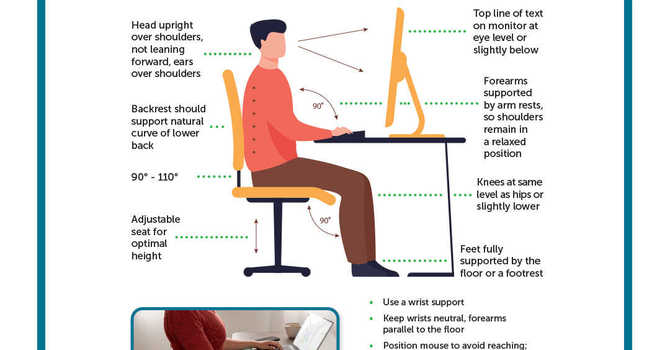
A high standard of care for people in Winnipeg with low back pain, be it chronic or more acute, includes spinal adjustments and the prescription of specific exercises for your back. To be optimally effective, the exercises should be tailored to you and take into account the specifics of your injury, including something called directional preference.
Because each patient is unique, exercise prescriptions need to be individually tailored to be safe and to avoid injury. Perhaps one of the most important tools your doctor will take into consideration is the concept of directional preference. Directional preference is an analysis of which positions or movements make your back feel better or worse.
The chiropractors at Sun Chiropractic are well trained to assess your movements and to figure out not only what your specific directional preference is but also which exercises are the most likely to help you. Many times in the office, patients have seen other practitioners and have at worst not been given any exercises at all, but even if they have been given some exercises, they are often not the appropriate ones for them. Exercises that do not take into account your directional preference may not help you, but more importantly, they can make you worse
Using this concept, it is common for people with disc injuries to have a directional preference in extension (bending backward). If this is the case, exercises that including bending forward could irritate your back. Instead, flexion intolerant patients should focus on extension based exercises like those at this LINK.
• Cat and Dog Stretch:
o Start on all fours with your back straight, hands under the shoulders and knees under the hips.
o To do the dog stretch, slowly inhale and let the belly fall toward the floor to arch the back and extend the head at the same time.
o To do the cat stretch, slowly exhale, round the back and tuck the chin to the chest.
o Alternate between these two positions slowly.
• Kneeling Extension
o Start in half-kneeling with a pillow or cushion under your knee. Keeping your body upright, lunge your body forward to bring the affected hip in extension. Your knee should stay on the floor.
o On each repetition, apply extra pressure with your hands by pushing on the back of your hips.
o This exercise can be uncomfortable, but the pain should subside with repetitions or remain better afterward.
• Cobra
o Lie on your stomach with your elbows on the floor, and the chin tucked in or resting in your hands.
o Relax both your back and buttock muscles and maintain the position.
o Your hips must be touching the floor.
These, of course, are examples of exercises for someone who is flexion intolerant. If you had a different directional preference, these exercises would not be appropriate for you and should likely be avoided.
As previously stated, a good treatment plan for acute or chronic low back pain includes not only a thorough assessment by your chiropractor but also would likely include spinal adjustments, and a well thought out and well directed exercise program that is specific to you. Other treatments may also be included but these are core strategies to help you recover from your low back pain and get back to living life as quick as possible.
If you or someone you know is struggling with low back pain we can help.


